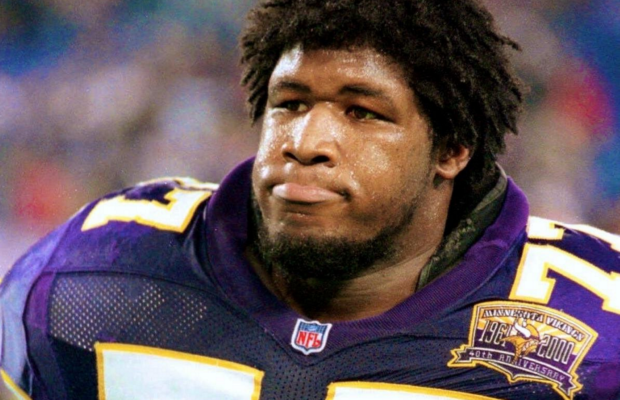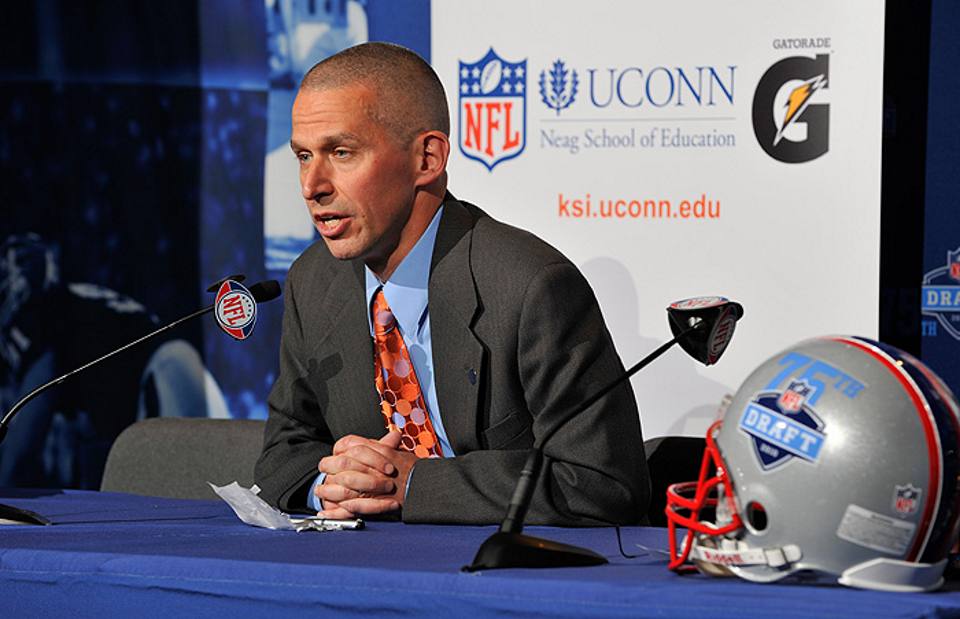Heat strokes–“100 percent Preventable”

At the dawn of football civilization, gridirons were likened to killing fields. The game was a bruising, gruesome bedrock of mayhem where players died from crushed skulls, spinal injuries, and pierced hearts.
An early Harvard and Yale clash (1894) was so violent it was labeled “the bloodbath at Hampden Park.” Clearly, in those dinosaur times, reliable, protective equipment was a long way off. When it did trickle in and slowly get to the sophisticated apparatus it is in the 2020s, injuries still occur. Generally, they are seen as an inevitable consequence of playing a contact sport. Though mitigated with the sophisticated armor of modern times, there’s still no certainty of prevention.
Perhaps lost in the current discussions on football risks, which typically center on concussions and concussion protocol, is a less conspicuous but poignant reality of another scourge, one that has caused more deaths to football players each year than any one single injury: Exertional heat strokes. Unlike physical injuries, where there is no certainty of prevention, heat strokes are “100% preventable.” Such is the claim of Douglas Casa, CEO of the Korey Stringer Institute (KSI) and Professor of Kinesiology at the University of Connecticut.
In an NFL-sponsored online seminar “Preventing and Treating Heat-Related Illness,” Dr. Casa, outlined protocol to prevent, identify, assess, and treat exertional heat exhaustion—a severe condition characterized by a body temperature above 105 degrees, red, hot, and dry skin (no sweating) and signs of central nervous system decline. Heat exhaustion may progress to heatstroke, a life-threatening condition, said Dr. Casa, whose Ph.D. encompasses expertise is in exertional heat illnesses and areas related to exercise and hydration.
The KSI, whose stated mission is to supply research, education, and advocacy to optimize safety and performance—and prevent sudden death for athletes and others who exercise—is the product of a tragic circumstance. Twenty years ago, August 1, 2001, Minnesota Vikings Pro Bowl tackle Korey Stringer succumbed to exertional heatstroke in the Vikings training camp. His widow Kelci has dedicated her life to heat stroke awareness and prevention, which, together with the National Football League, corporate partners, and the University of Connecticut resulted in the formation of the Institute.

Douglas Casa, associate professor of kinesiology, speaks during the press conference at Radio City Music Hall
Considerable has been learned on issues related to exertional heat maladies since that fateful day. Strides have been made to prevent future incidents, which Dr. Casa discussed, but there appear to be miles to go before the notion that everyone is on the bandwagon of awareness, prevention, and treatment can be put to rest.
Dr. Casa, whose passion for the study of exertional heat stroke was sparked by his own incident while running a 10K race, contended that the risk of heatstroke is in the conditioning. “It’s not tackling and football fitness that’s the issue,” he said. Most heatstroke incidents happen in the first three to five days of a new conditioning regimen. Korey Stringer was within that window in training camp when he died.
Stringer’s death brought about significant changes in the NFL to avoid any recurrence of heat strokes. The once-standard two-a-day practices during training camp, for instance, are gone. Monitored closely are heat indexes and hydration while proper water breaks are always not just mandatory, but hydration also is always available on demand to players. Medical staffs now have better training to recognize symptoms and to respond appropriately. Medical tents along the sidelines for all NFL teams make available 100- and 150-gallon tubs for rapid response to heat emergencies.
While the NFL is cooking with heat and hydration measures, what Dr. Casas repeatedly called “preventable,” is lacking in amateur fields.
“It is imperative that medical personnel and coaching staffs quickly recognize and initiate appropriate care,” said Dr. Casa, about heat strokes. Thirteen high school football players in the United States died of heat stroke deaths in 2019. “Every single one of these [deaths] was preventable.” said Dr. Casa.
The prevention starts with training, where school or team personnel are versed in recognition and response to heat exhaustion, the precursor to heat strokes. Early signs include disorientation, staggering, irritability, dizziness, and emotional instability. If a player shows any of these symptoms, said Dr. Casa, his removal from the activity is imperative and a medical assessment be conducted. The assessment includes immersing the victim in cold water to reduce his temperature to 103 degrees Fahrenheit (39.44 Celsius) according to a rectal reading, which Dr. Casa recommended due to its higher efficacy than an oral reading. Professional protocols can keep this procedure discreet; it’s a matter of life and death, after all.
“You can avoid a lot of hassle and suffering, grief and lawsuits, long-term medical problems and deaths if you prevent the exertional heat stroke in the first place,” added Dr. Casa. “Preventing an [exertional heat stroke] is not hard to do; in fact, it is pretty easy.”
To find out more about exertional heat stroke and its prevention and actions to take in an emergency, consult the Korey Stringer Institute website: https://ksi.uconn.edu.